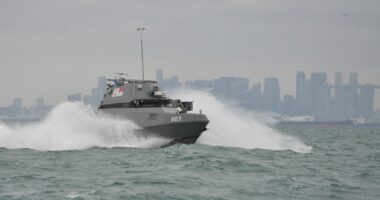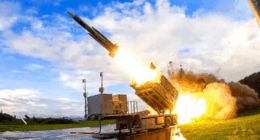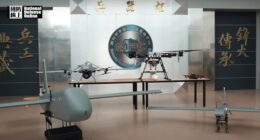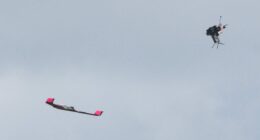

The latest and most advanced iteration of Clemson University’s Deep Orange project has just rolled out: a rugged, all-terrain rescue vehicle built for disaster relief and military rescue missions.
Built by 17 graduate students, the US Army-backed Deep Orange 16 upgrades last year’s prototype with a more powerful electric powertrain with continuous battery charging, giving it a 350-kilometer (217.5-mile) range and “near-silent” operation for stealth-sensitive missions.
A 360-degree camera system with AI-powered hazard detection also allows the platform to spot threats up to 100 feet (30.5 meters) away, while obstacle-tracking sensors monitor the area around the wheels.
The vehicle can accommodate six personnel, with the crew compartment featuring a rotating passenger seat for flexible roles, an ergonomic litter loader for patient transport, and MOLLE storage for modular gear organization.
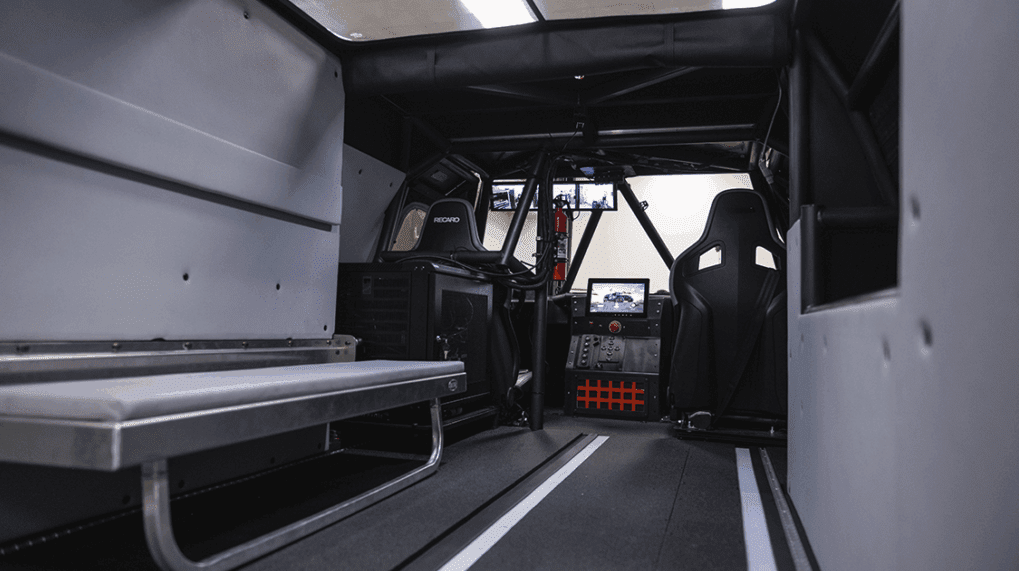
At the back, a clam-shell rear hatch can take a standard pallet, enabling quick access to larger cargo.
Developed with lessons from Hurricane Helene, Deep Orange 16 aims to address critical gaps in emergency and battlefield response.
A Semi-Autonomous Platform
Deep Orange 16 supports autonomy features to tackle challenging terrain while reducing risk to human lives.
As it heads toward a target, onboard algorithms scan the surroundings to create a digital map, then switches to self-driving mode. Enhanced sensors allow the vehicle to adjust its route in real time for safe navigation.
Inside, a medical tracker continuously monitors the crew’s vitals, including heart rate, temperature, and perspiration.
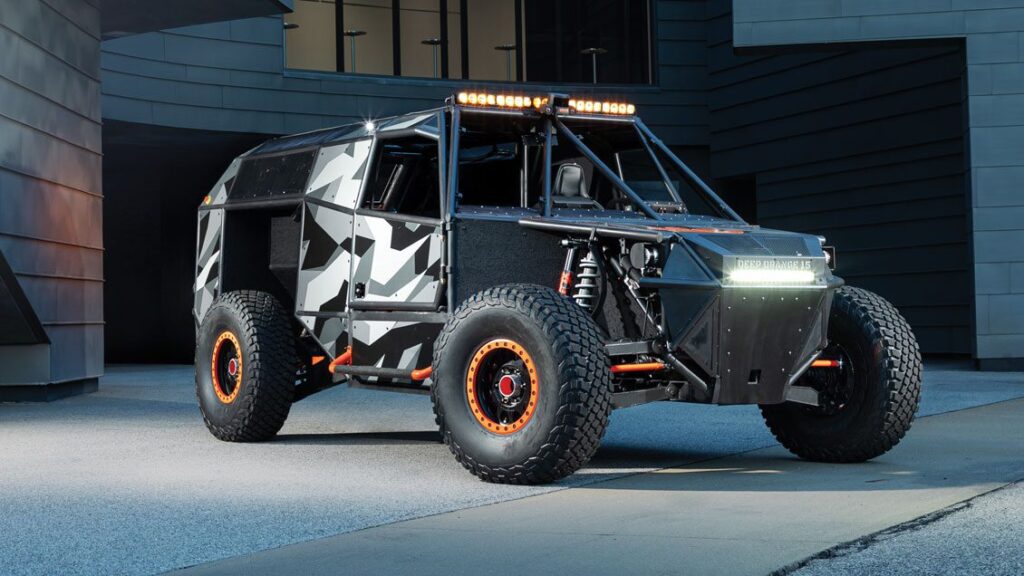
The Clemson team will continue testing new capabilities under the Deep Orange program, collaborating with government agencies and industry partners to solve critical challenges.
“We are not just learning theory, but solving complex, high-stakes problems that prepare us to lead in the industry from day one,” said Deep Orange project lead Rohit Godse.


